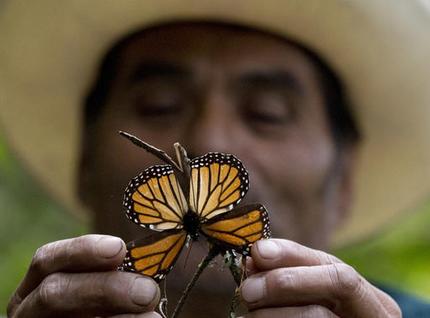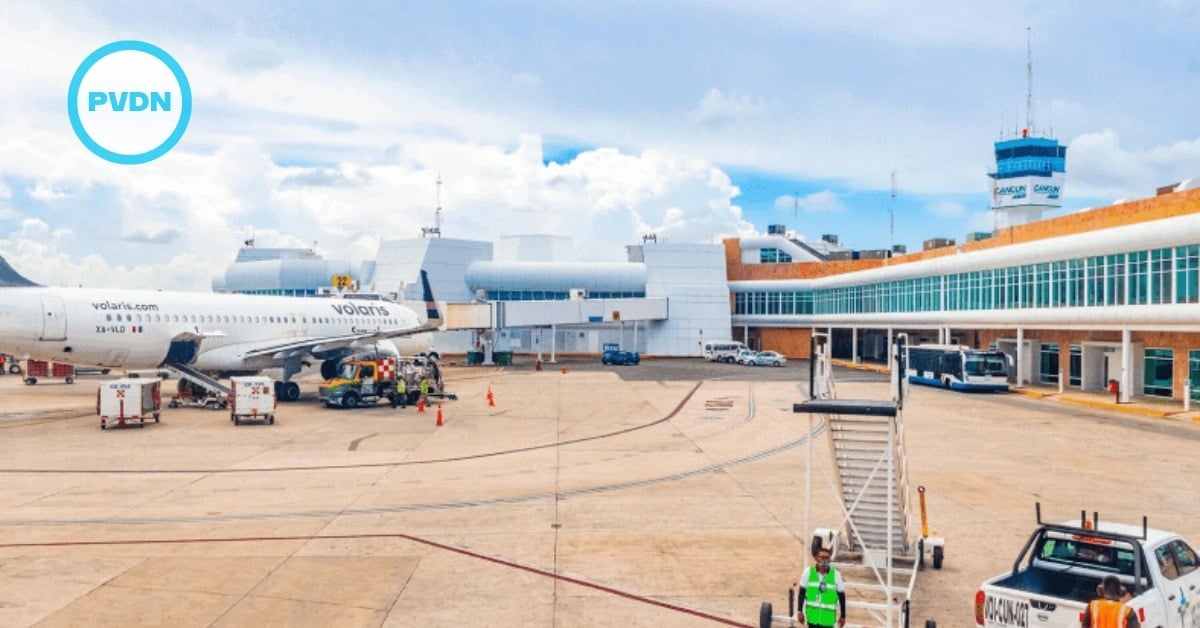Storms earlier this year blew down more than a hundred acres of forests where migrating monarch butterflies spend the winter in central Mexico, killing more than 7 percent of the monarchs, experts reported Tuesday. Rain, cold and high winds from the storms caused the loss of 133 …







